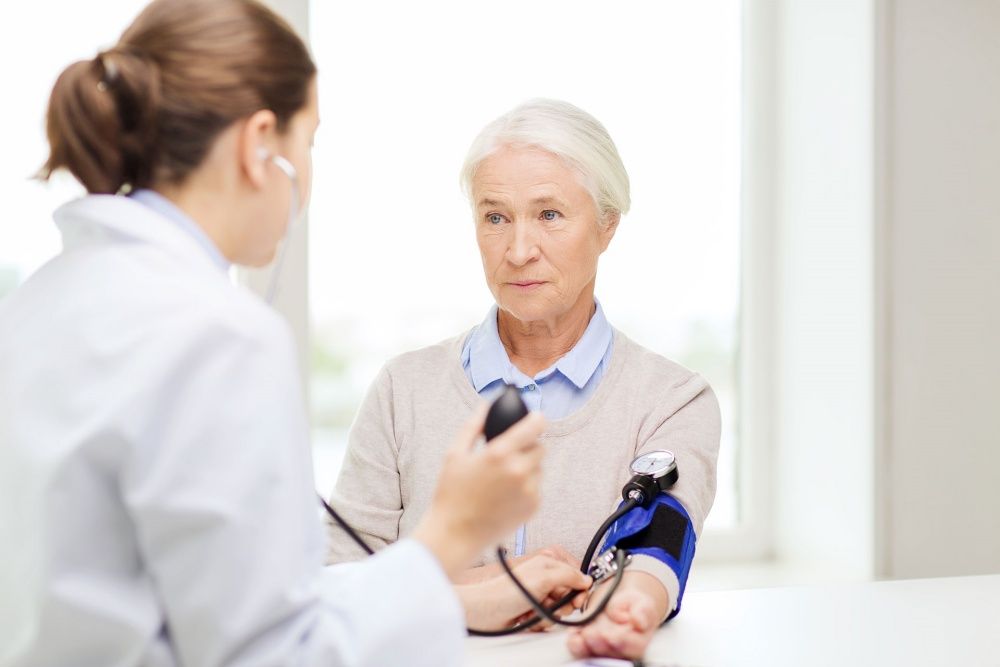How do you know if you have high blood pressure? Here are the facts that can help you identify it.
Spotting High Blood Pressure
High blood pressure is a common condition, affecting up to 40% of adults. Many don't notice the symptoms of the condition, while others can have it for a long time without symptoms, even while it causes pain in their body.
Blood pressure is expressed in two numbers: systolic and diastolic blood pressure. A normal blood pressure reading is considered to be below 120 for systolic pressure and below 80 for diastolic pressure. This is expressed as 120/80. Hypertension, or high blood pressure, is when the systolic pressure is 130 or higher, or when the diastolic pressure is 80 or higher.
Hypertension may have symptoms. These symptoms include dizziness, face flushing, and blood spots in the eyes. More symptoms of very high blood pressure include headaches, blurred vision, shortness of breath, and chest pain.
Steps to Take if You Have High Blood Pressure
Only a doctor can diagnose your hypertension. Don’t try to diagnose yourself, instead see a physician if you are experiencing some of the worrying symptoms we’ve mentioned above.
From there, you can adapt your lifestyle to mitigate high blood pressure. Begin by exercising, and decreasing the amount of sodium in your diet. Eating fewer fatty foods is also an effective first step. If those changes don’t help, doctors will sometimes prescribe medications for controlling high blood pressure.

